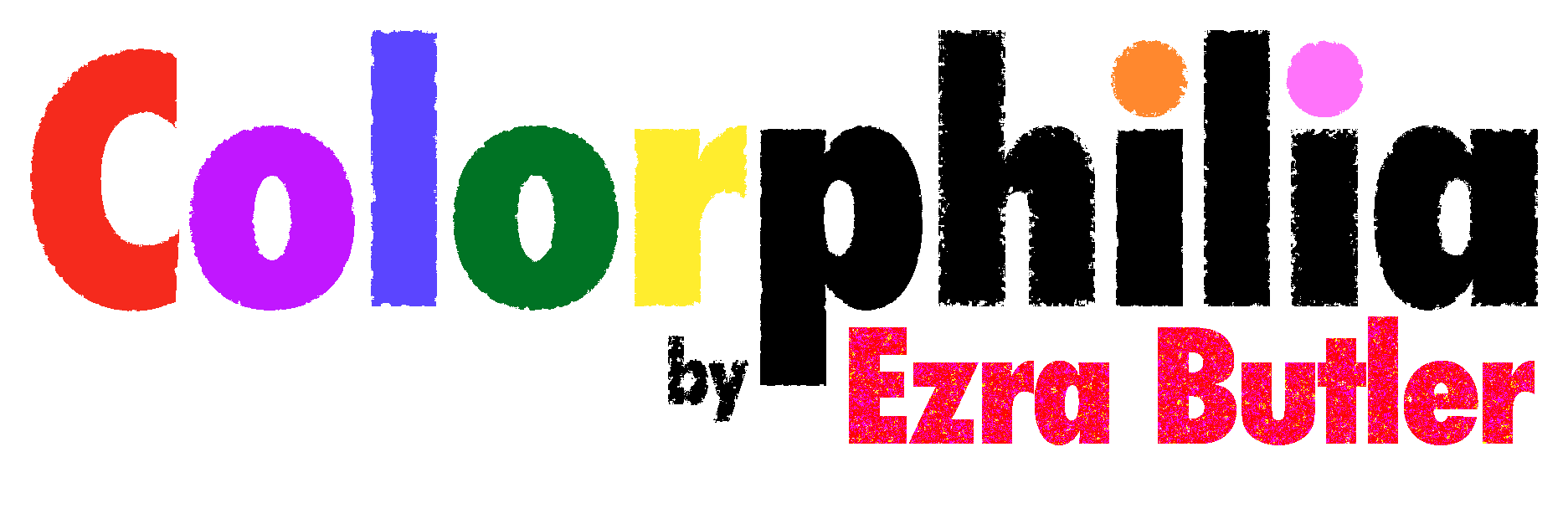On Color
Color is a topic which transcends disciplines, ranging from physics to physiology to psychology, and that’s if you are only including subjects which begin with “phy”. It also engages with art, design, engineering, fashion, linguistics, cuisine, politics, sociology, philosophy, medicine, religion, sports, commerce, botany, finance, chemistry, geology, geography, biology, manufacturing, literature, semiotics, music, history, and every single other discipline in the world.
Because color is so inextricably connected to perception and language, there are theories abound about the etymology of many words and concepts, some of which are still used even though original meaning no longer exists or has been proven to be wrong and fallacious.
This leads to a different issue as well. Living in the industrialized 21st century, many of us forget (or never knew) that people didn’t always perceive the same colors that we have today. Or that because perception of color is a physiological process, no two people really perceive the colors of the world in exactly the same way. It’s been more than a decade, and people are still talking about “the” dress.
Color as social construct
But because color is a social construct, a colorblind individual may still use language referencing the metaphor of a color they cannot see. Or the original usage spawns similar forms of the word, think of the evolution of whitewashing to greenwashing to pinkwashing.
Even if we are looking at the same color, it could have different meanings depending on the time and place. Like the evolution of pink from being a unisex children’s color to a gendered color to something to be worn on Wednesdays to the color defining a generation to a plotline in one of the biggest grossing movie of the previous year (which I have still yet to see).
There are even cases where the natural color of something was so prevalent, it became a color itself, to the point where when manufactured products didn’t have that hue, it was artificially induced. (Of course, I’m talking about salmon here.)
Personal color
We create associations in our minds about colors, to the point where you cannot unsee a specific subtext of a certain color combination, no matter how hard you try. Green and red together read “Christmas”, even though the colors on their own each have myriad meanings.
The stories behind the evolution of certain colors feel like mysteries in which every new turn reveals something that could potentially surprise you or anger you. Or both. Or neither.
Because of this, the contents of this newsletter may range from fact to opinion, and my own personal bias will play a part, so be forewarned. I research each piece and I’m human. I could very well be wrong.
Similar to the weather in Seattle, if you don’t particularly like the content of a certain letter, wait a little bit and the next one will literally have nothing in common with the previous one, save that they both are related to color.
